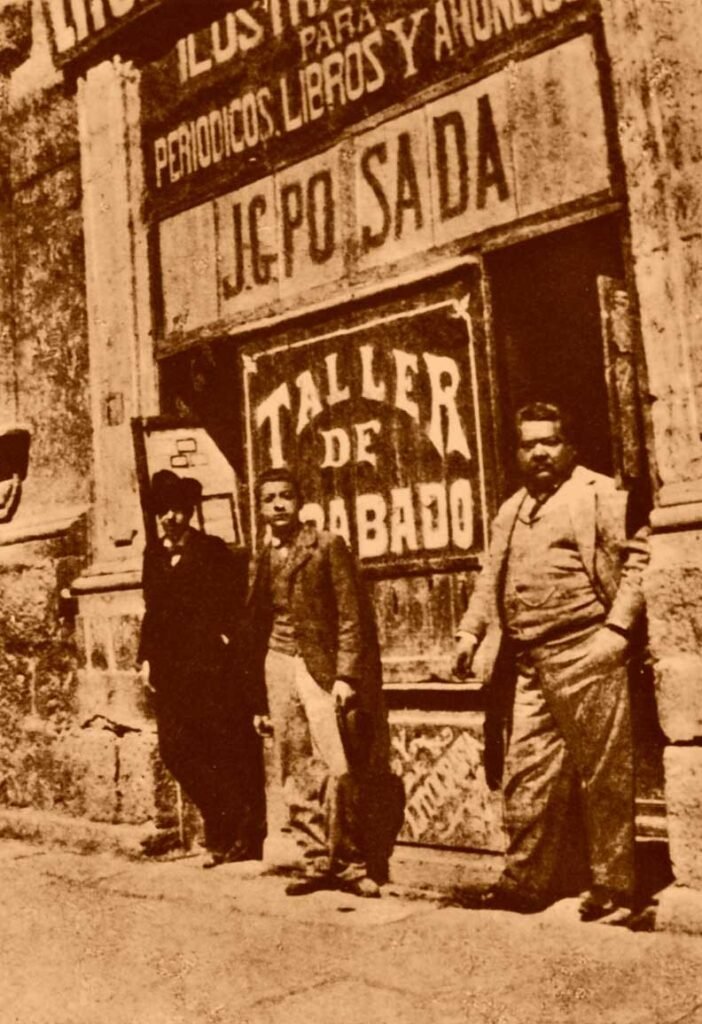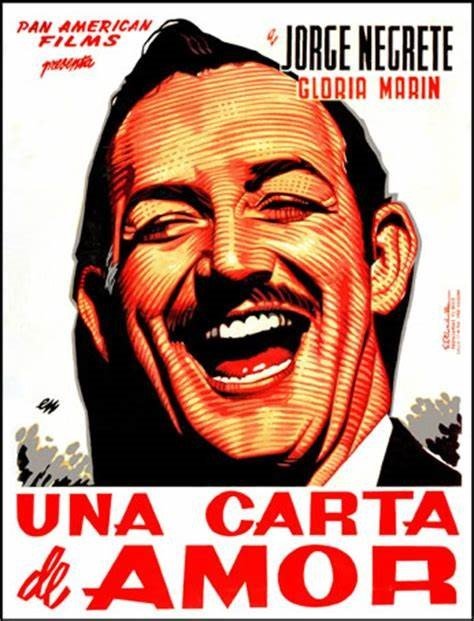Latin American Graphic
Blek Le Rat Pionero del Street Art
Latin America is one of the largest regions grouped by the same language in the world, configuring a series of regional interactions strengthened and often dissociated by political and economic conflicts, despite this and in recent decades Latin America has grown in the number of social movements that they have given way to the adoption of decolonial ideals through the forms and codes developed in the popular culture of each country. The ideal medium for the dissemination of these cultural and popular movements has been graphics that has allowed the scenes to be developed through the massification of messages, thus creating many of the iconic images that make up the imaginary of what Latin America is from a website local or regional enunciation.
This is how historically there are regional nodes in which particular movements were detonated in each country. Some of these nodes by country are:


Mexico: Guadalupe Posada (1852-1913) was one of the precursors of Latin American popular graphics, creating the most iconic character of Mexican culture, “La Catrina” emerged as a satire of Mexican culture from the late 1800s and early 1900s and disseminated through different newsletters throughout Mexico where the precariousness of the situations faced by the lower working class, which has always been the highest percentage of the population in all of Latin America, is caricaturized and criticized. Even Diego Rivera formally accepts the influence of Guadalupe Posada in his mural “Sueño de una tarde de domingo en la Alameda.” In his last years, Posada was critical of the incoming government of Francisco Madeiro and Emiliano Zapata, strengthening the critical role of satire in the press in a massive way. Without a doubt, Guadalupe Posada was the most important figure within Mexican graphics and inspiring future generations. of engravers and printers to this day.


Cuba: Since 1842 in the Spanish-Cuban colonial period, there were lithographic printing presses for the marking of the island’s export production such as tobacco and cane, however, only until the beginning of the Cuban republican period (1902-1958) were the first posters of Advertising type commissioned by open call mainly, in them the Cuban artists paid by businessmen and theaters developed graphics influenced notably by the French art Nouveau of Alphonse Mucha, Henry Toulouse-Lautrec and Jules Cheret. The first photolithographic plant in Latin America was established in Cuba in 1917, which allowed the use of offset and silk-screen printing presses for the printing of larger format and quality posters. In 1943, the silkscreen artist Eladio Rivadula Martínez (1923-2011) integrated the aesthetic principles of the Bauhaus school, promoting the plastic arts and poster design and integrating multiple reproduction techniques into artistic work. Influencing all subsequent generations of Cuban designers, Rivadula is perhaps the greatest exponent of Cuban graphics, keeping the legacy of screen printing still alive through the production of posters that still maintains the essence and current technique in spaces such as the screen printing workshop Rene Portocarrero.


Perú: The chicha poster comes from the promotional posters of the Chicha parties or Peruvian psychedelic cumbia that began in the 1970s, initially on the outskirts of Lima and from the Huancaína region. Fluorescent colors still flood the streets of Lima today with posters that evidently have the direct influence of the textiles used for the traditional skirts, blankets and llicllas dressed in the central Andes. The pioneer of aesthetics is Pedro Tolomeo Rojas (1961), better known as “Monkey”, who start in 1978 using stencils applied with a compressor to develop walls announcing events. Later these stencils would become pieces of poster printed in serigraphy using templates as a paper matrix to produce print runs that later covered the streets of Peruvian cities. Monkey developed the chicha style composed of sinuous fonts, flouresent and gradients in strident colors that today are part of the peruvian graphic identity.

Colombia: At the beginning of the 1970s, the artistic collective Taller 4 Rojo appeared, a project whose purpose was to democratize the arts and critical political thought through the massiveness of graphic work that took the streets of Bogotá as a stage. Diego Arango, Jorge Mora, Umberto Giangrandi, Nirma Zárate, Carlos Granada and Fabio Rodríguez were the artists who made up this group that since the 1970s has been committed to the causes of protests around worker labor, indigenous struggles for land, anti-capitalism and the student struggles, using analogous processes mixed with photoserigraphy, produced some of the most memorable series of the time, maximizing formats by assembling pieces to invade urban spaces with rebellious messages.

